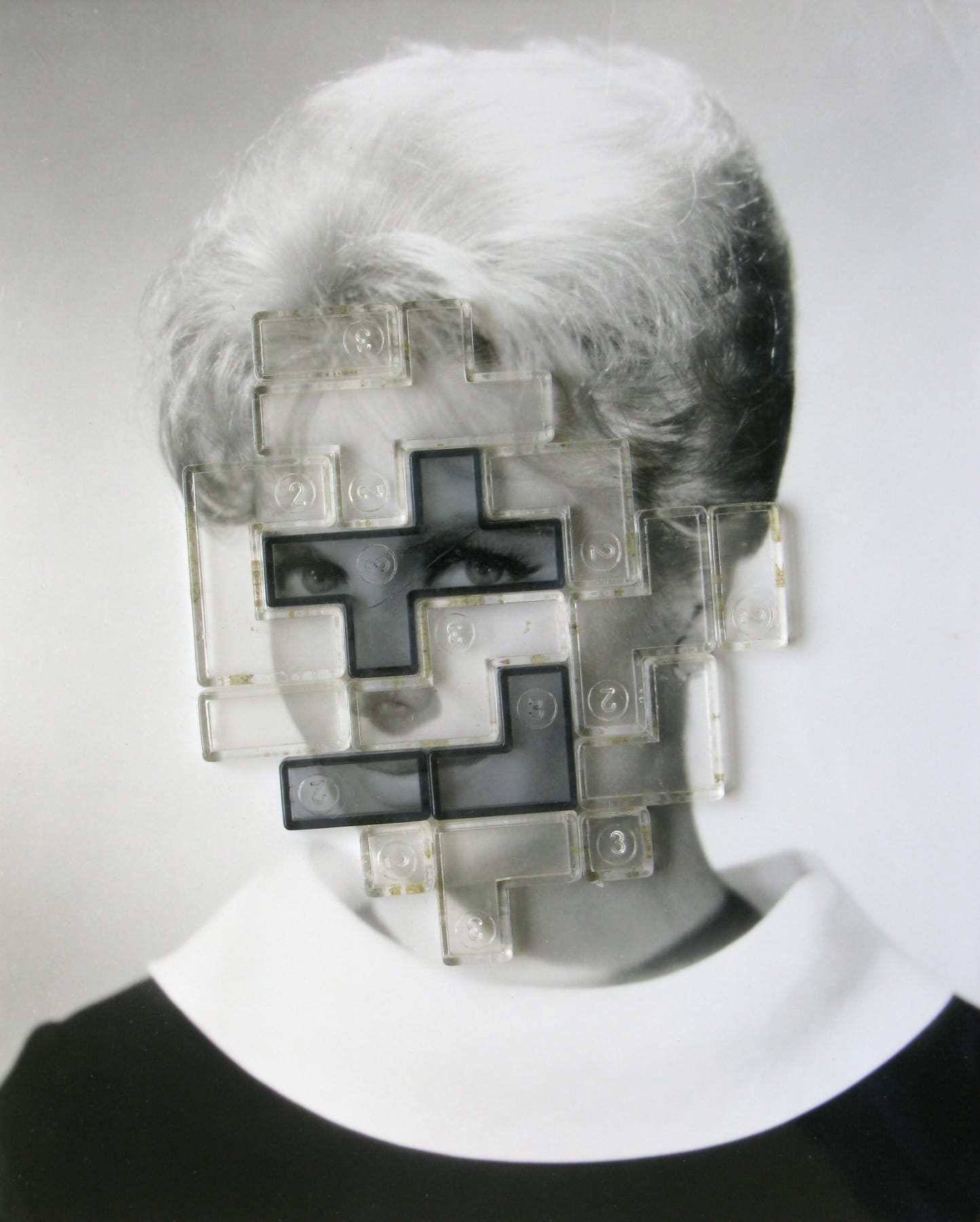
Overview
Her subversions, incisions, stitchings and unpickings are a form of visual storytelling based in questioning notions of origin and originality.
Entering the world of Julie Cockburn's images - a labyrinthine space crosshatched by 'the archived corridors' of the artist's imagination - we are met by a coterie of misfits: cut-outs, collages and aggregate creatures, they are the cast in a vignette where visual seduction is saturated by a sense of the familiar made strange. Cockburn's characters are engendered from of a heady concoction of appropriation, artistry and artifice. Central to their creation is the cache of found images - neglected photographs co-opted from car boots, studio shots of 1950s movie stars, pages torn from American high school year books - that become playthings for the artist to 'embellish, manipulate, torture and caress'. The portraits that Cockburn selects for her maverick mark-making are united in their status as images once dazzling but now defunct. She explains the allure of these outcasts and faded icons as their potential for redemption through a re-possession and re-visioning: 'I feel I have a right to them, that they are mine for the taking, or rescuing even'.
The artist's propensity for breaking up, analysing and re-assembling in abstracted form is suggestive of cubist sensibilities, but where cubism is concerned with permeating the picture plane with every viewpoint and angle in its arsenal, Cockburn's skewed imagery operates, ultimately, on a temporal rather than spatial register. Her subversions, incisions, stitchings and unpickings are a form of visual storytelling based in questioning notions of origin and originality. She challenges fixed ideas of authorship by incessantly reframing events and inspiriting images to destabilise the authority of the frame. Nowhere is this more patent than in the Provenance series, where she imposes images of her own making into scenes captured by the camera in a bygone era, thus interweaving the threads of two unrelated narratives - his-story and her own - with audacious disregard for the axioms of linearity and chronology. Cockburn is characteristically self-effacing in accounting for this subversion, insisting on the insurgency inherent in the image: 'There is something that happens beyond my control with a successful work; it is greater than the sum of its simple parts, becoming a new image with a new history to unfurl'.
Her subversions, incisions, stitchings and unpickings are a form of visual storytelling based in questioning notions of origin and originality.















